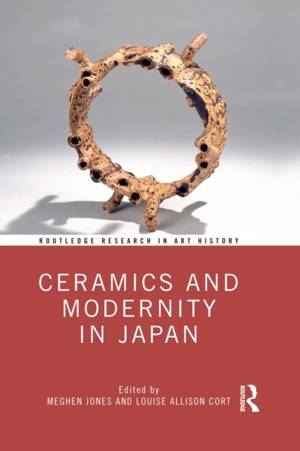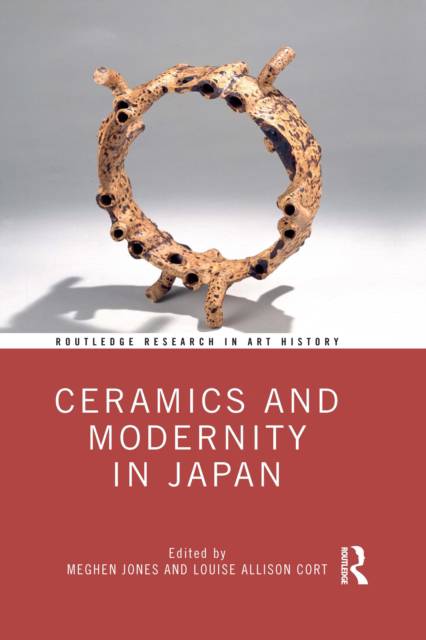
- Retrait gratuit dans votre magasin Club
- 7.000.000 titres dans notre catalogue
- Payer en toute sécurité
- Toujours un magasin près de chez vous
- Retrait gratuit dans votre magasin Club
- 7.000.0000 titres dans notre catalogue
- Payer en toute sécurité
- Toujours un magasin près de chez vous
Ceramics and Modernity in Japan
Description
Ceramics and Modernity in Japan offers a set of critical perspectives on the creation, patronage, circulation, and preservation of ceramics during Japan's most dramatic period of modernization, the 1860s to 1960s.
As in other parts of the world, ceramics in modern Japan developed along the three ontological trajectories of art, craft, and design. Yet, it is widely believed that no other modern nation was engaged with ceramics as much as Japan--a "potter's paradise"--in terms of creation, exhibition, and discourse. This book explores how Japanese ceramics came to achieve such a status and why they were such significant forms of cultural production. Its medium-specific focus encourages examination of issues regarding materials and practices unique to ceramics, including their distinct role throughout Japanese cultural history. Going beyond descriptive historical treatments of ceramics as the products of individuals or particular styles, the closely intertwined chapters also probe the relationship between ceramics and modernity, including the ways in which ceramics in Japan were related to their counterparts in Asia and Europe.
Featuring contributions by leading international specialists, this book will be useful to students and scholars of art history, design, and Japanese studies.
Spécifications
Parties prenantes
- Editeur:
Contenu
- Nombre de pages :
- 252
- Langue:
- Anglais
- Collection :
Caractéristiques
- EAN:
- 9781032087887
- Date de parution :
- 30-06-21
- Format:
- Livre broché
- Format numérique:
- Trade paperback (VS)
- Dimensions :
- 152 mm x 234 mm
- Poids :
- 417 g






